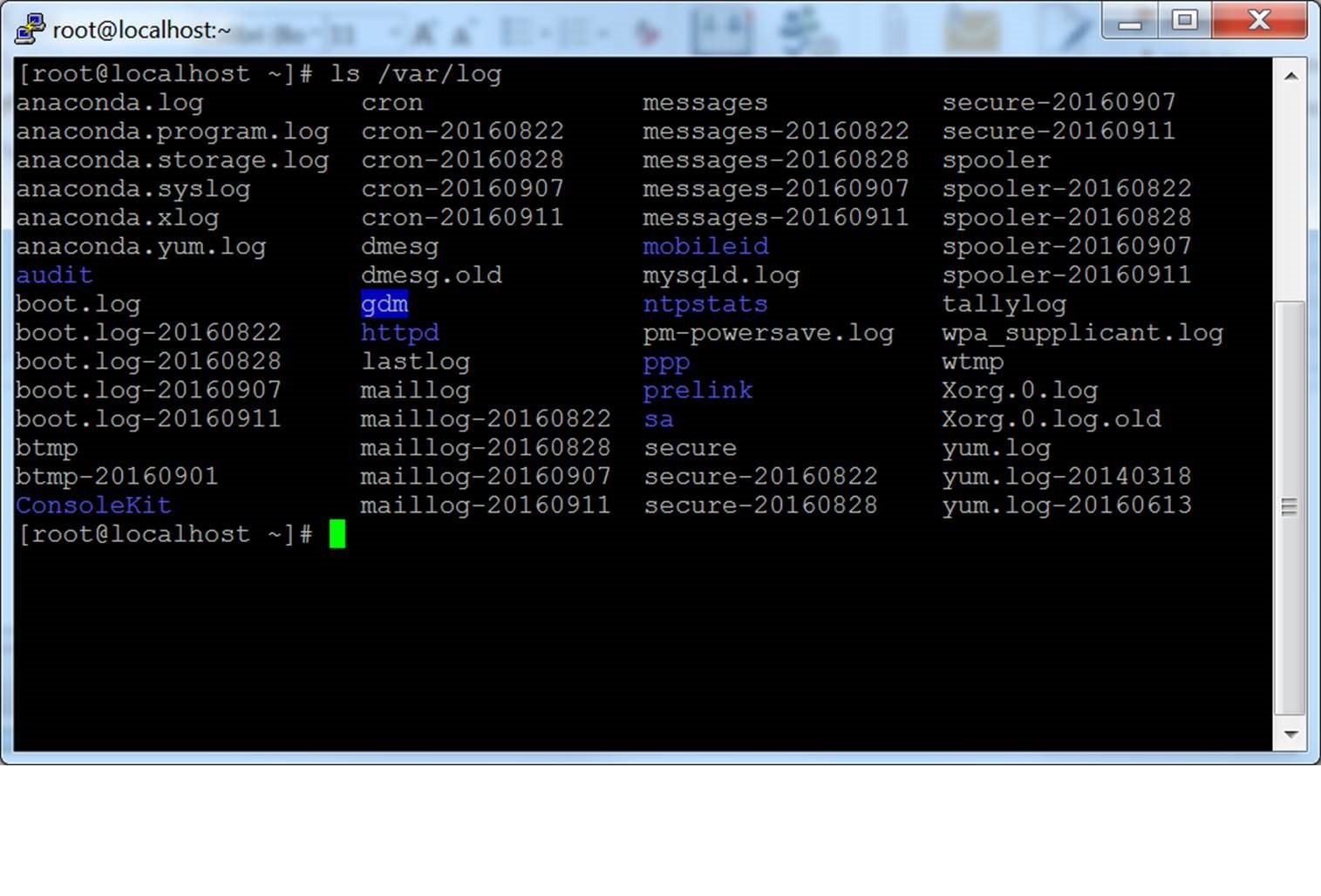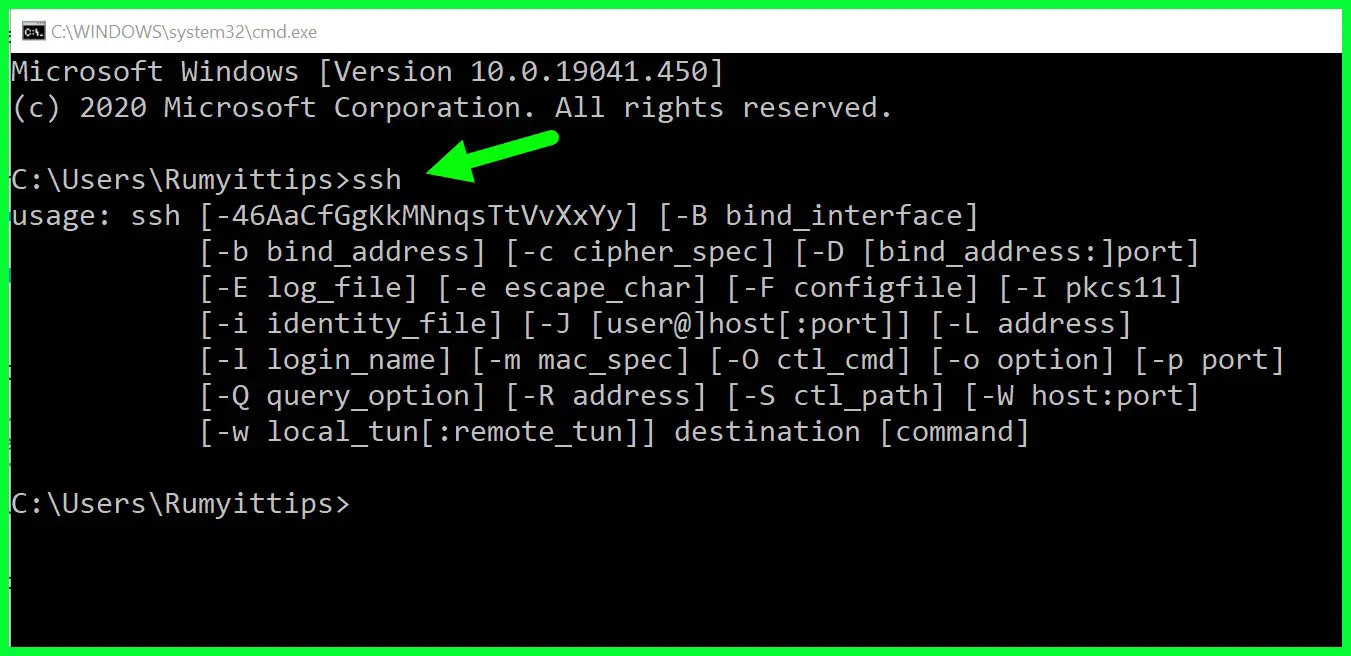RemoteIoT: SSH, VPC, Raspberry Pi & Windows 10 Downloads
Is it possible to control your devices from anywhere in the world while maintaining ironclad security? The answer is a resounding yes, thanks to the powerful combination of RemoteIoT, VPC, SSH, and the versatile Raspberry Pi.
In today's interconnected world, the ability to manage and access devices remotely has become an indispensable skill for both tech professionals and enthusiasts. This article provides a comprehensive guide to setting up a secure and efficient remote computing environment, empowering you to harness the full potential of your technology.
| Topic | Details |
|---|---|
| Name of Technique | RemoteIoT VPC SSH Raspberry Pi |
| Description | A method to remotely access and manage devices, often using a Raspberry Pi as a base, SSH for secure connections, and a Virtual Private Cloud (VPC) for enhanced security. |
| Purpose | To enable secure and efficient remote computing, IoT device management, and access to resources from anywhere with an internet connection. |
| Components |
|
| Key Benefits |
|
| Potential Uses |
|
| Legal & Ethical Considerations |
|
| Reference Website | Raspberry Pi Official Website |
The foundation of this setup lies in the Raspberry Pi, a credit-card-sized computer that offers a cost-effective and versatile platform for various applications. Combining SSH (Secure Shell) for encrypted remote access and a Virtual Private Cloud (VPC) for heightened security creates a robust environment, shielding your data from unauthorized intrusion.
- Decoding Anjali Aroras Viral Video What You Need To Know
- Discover Grow With Ubetteme Your Path To Selfimprovement
Delving into the specifics, we explore the core elements of RemoteIoT VPC SSH Raspberry Pi. Grasping these components is essential for establishing a resilient remote computing setup, which includes enhanced security, easy accessibility, and economic advantages.
Before embarking on your RemoteIoT VPC SSH Raspberry Pi journey, a proper Raspberry Pi setup is paramount. This includes installing the necessary operating system, configuring your network settings, and ensuring that all hardware components are functioning smoothly. This prepares the groundwork for remote access configuration.
A Step-by-Step Guide to Raspberry Pi Setup
- Acquire the OS: Begin by obtaining the latest version of Raspberry Pi OS from the official Raspberry Pi website. This is the brain of your device.
- Prepare the Storage: Use a reliable imaging tool like BalenaEtcher to write the OS image onto an SD card. This card will serve as your Raspberry Pi's storage.
- Insert and Power Up: Insert the SD card into your Raspberry Pi and connect a power supply.
- Initial Setup: For the initial configuration, connect your Raspberry Pi to a monitor, keyboard, and mouse. This allows for direct interaction.
- Network Connection: Establish either a Wi-Fi or Ethernet connection to ensure internet access. Without this, remote access won't be possible.
Following these steps will give you a fully functional Raspberry Pi, ready for remote access configuration.
The cornerstone of secure remote access is SSH (Secure Shell). This protocol allows you to securely access and manage your devices from a distance, encrypting the connection to protect your data. Properly configuring SSH on your Raspberry Pi is a crucial step in setting up RemoteIoT VPC SSH Raspberry Pi.
Activating SSH on Your Raspberry Pi
- Access the Configuration: Open the Raspberry Pi Configuration tool by typing "sudo raspi-config" in the terminal. This provides access to key system settings.
- Navigate to Interfacing Options: Use the interface to go to the "Interfacing Options" menu and select "SSH."
- Enable SSH: Choose "Enable" to activate SSH on your Raspberry Pi. This is the switch that allows remote connections.
- Apply Changes: Reboot your Raspberry Pi to apply the changes. The system will restart with SSH enabled.
Once SSH is enabled, you can connect to your Raspberry Pi from any device using an SSH client such as PuTTY or the Terminal on macOS and Linux systems. This enables you to control your Pi remotely from virtually anywhere.
For an added layer of protection, a Virtual Private Cloud (VPC) is used, isolating your Raspberry Pi from the public internet. This ensures that only authorized users can connect to your device remotely, reducing the risk of unauthorized access and cyber threats.
Setting up a VPC
- Cloud Account: Begin by creating an account with a cloud service provider like Amazon Web Services (AWS), Google Cloud Platform (GCP), or a similar provider.
- Establish the VPC: Within your chosen cloud environment, set up a Virtual Private Cloud (VPC). Configure the network parameters according to your requirements.
- Static IP Assignment: Allocate a static IP address to your Raspberry Pi within the VPC. This ensures a constant address for remote access.
- Firewall Rules: Configure firewall rules to restrict access to specific IP addresses. This limits the potential points of entry.
Implementing a VPC significantly elevates the security of your remote computing setup, protecting your data and resources.
RemoteIoT, as a concept, merges remote computing with IoT (Internet of Things) devices. It allows you to manage and interact with your IoT devices from anywhere in the world, offering unparalleled flexibility and convenience. This opens up possibilities for smart homes, industrial automation, and more.
RemoteIoT's potential is transforming various sectors, from the simplicity of smart homes to the complexity of industrial automation. The capacity to remotely monitor, control, and gather data from IoT devices is revolutionizing how we interact with technology.
Beyond the technical aspects, accessing software, in some cases, requires knowledge of obtaining Windows 10 files without any charge, provided you follow the correct legal channels. This allows you to use these files for testing, education, or personal purposes while ensuring compliance with Microsoft's terms.
How to Get Windows 10 Free Files Legally
- Visit the Official Source: Go to the official Microsoft website. Navigate to the "Download Windows 10" section, the only guaranteed safe place to obtain the files.
- Choose Your Version: Select the correct version of Windows 10 that suits your requirements. Consider editions like Home, Pro, or Enterprise, based on your needs.
- Follow the Instructions: Carefully adhere to the on-screen instructions to download and install the software. This is critical to avoiding any legal pitfalls.
- Comply with the Rules: Ensure you adhere to all licensing agreements and legal requirements. Understand the permitted uses of the software to stay compliant.
By following these guidelines, you can acquire Windows 10 files legally and securely, without compromising your system's integrity or violating any rules.
Security is paramount when setting up RemoteIoT VPC SSH Raspberry Pi. Employing best practices is essential to ensure your data is protected against potential threats and cyber intrusions.
Key Security Measures to Implement
- Strong Passwords: Use strong, unique passwords for all accounts. This is the first line of defense.
- Two-Factor Authentication (2FA): Enable two-factor authentication (2FA) wherever possible. This adds an extra layer of security.
- Regular Updates: Regularly update your software and firmware to patch vulnerabilities. Timely updates are crucial.
- Network Monitoring: Monitor your network activity for suspicious behavior. This helps you spot unusual patterns.
By adhering to these key security measures, you fortify your remote computing setup against cyber threats and potential data breaches.
Even with a well-configured setup, problems can arise. This section addresses common issues encountered while working with RemoteIoT VPC SSH Raspberry Pi, with practical solutions.
Troubleshooting Common Issues and Their Solutions
- Problem: Inability to Connect via SSH
Solution: Verify that SSH is enabled and thoroughly check your network settings. This ensures proper connectivity. - Problem: VPC Configuration Errors
Solution: Double-check your firewall rules and confirm correct IP assignment. Accurate configuration is vital. - Problem: Slow Connection Speeds
Solution: Optimize your network settings and consider upgrading your internet plan if needed. Faster speeds improve performance.
By addressing these issues promptly and using the suggested solutions, you can ensure a smooth and efficient remote computing experience.
When working with RemoteIoT VPC SSH Raspberry Pi and downloading files, it's crucial to consider the ethical and legal implications. Respecting intellectual property rights and adhering to legal guidelines keeps you compliant with industry standards and protects you.
Ethical computing and understanding the legal boundaries are key to staying within these regulations.


Detail Author:
- Name : Bessie Konopelski II
- Username : econsidine
- Email : green.ronny@hotmail.com
- Birthdate : 1976-03-10
- Address : 13697 Will Keys Apt. 417 Haileehaven, IA 98348
- Phone : +18473157493
- Company : Pfannerstill-Hartmann
- Job : Custom Tailor
- Bio : Eos libero quas velit illo a consectetur. Alias blanditiis et expedita repellat. Dolorem aut et ea iusto sunt.
Socials
twitter:
- url : https://twitter.com/borerr
- username : borerr
- bio : Maiores sint omnis est. Doloribus ducimus quod blanditiis id atque rerum dolorem.
- followers : 1245
- following : 107
tiktok:
- url : https://tiktok.com/@borerr
- username : borerr
- bio : Adipisci omnis ut occaecati libero iure magni ut.
- followers : 3485
- following : 1668
facebook:
- url : https://facebook.com/rebekah_official
- username : rebekah_official
- bio : Delectus aspernatur repudiandae natus aspernatur cum porro.
- followers : 3164
- following : 2595
instagram:
- url : https://instagram.com/rebekahborer
- username : rebekahborer
- bio : Laudantium eveniet aperiam perferendis accusantium. Ut at laborum reiciendis occaecati in nihil.
- followers : 6972
- following : 2206
linkedin:
- url : https://linkedin.com/in/rebekah_id
- username : rebekah_id
- bio : Iste qui odio itaque aperiam dolorem reiciendis.
- followers : 3145
- following : 275